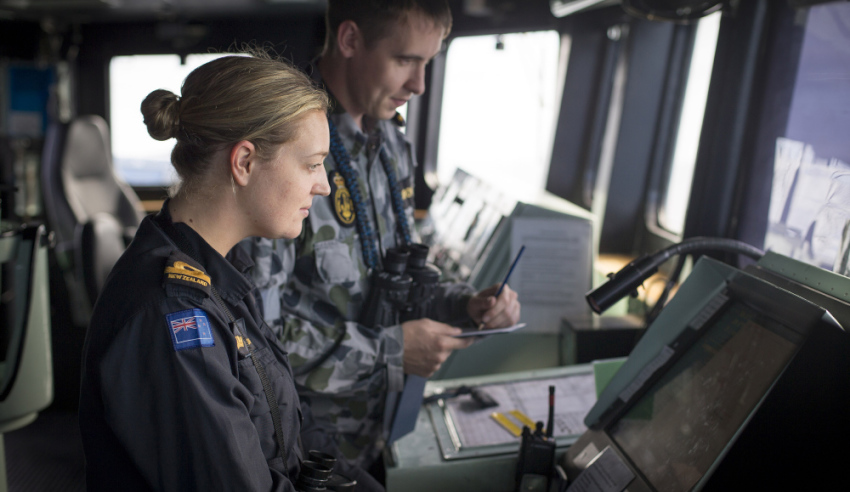A new simulator at the Defence Force School of Signals Maritime Wing at HMAS Cerberus has been developed to ensure that the Royal Australian Navy’s newest Communications and Information Systems sailors can join their first ships fully prepared for the rigours of operating at sea.
The learning system simulator was developed by Cirrus Real Time Processing Systems, an Australian-owned and operated small to medium enterprise. The successful delivery of this system is a demonstration of the capability within Australia to develop and engineer complex simulation technology to support the ADF.
Defence Minister Christopher Pyne said the simulator would significantly enhance the Royal Australian Navy’s ability to conduct complex operations.
“This simulator is another innovative step forward for our Navy, providing our highly capable sailors with the training tools they need to succeed in their mission of preserving peace and security for all Australians,” Minister Pyne explained.
The simulator is based on a generic communication centre in an enhanced frigate and is designed to mimic the operational environment at sea, using scenarios that may be encountered by communicators embarked in Major Fleet Units.
The simulator will support training and assessment for basic communications operator courses through to advanced courses. It will be used for the first time during a pilot course due to be conducted in mid-2019.
“Communicators are critical to the success of our fleet as we operate in an increasingly dynamic maritime domain, regularly in task groups with ships, aircraft and troops on the ground,” Minister Pyne said.
Cirrus Real Time Processing Systems provides expert software development, test, integration and support services to a range of clients, with many of the company’s products in-service with the Australian Defence Forces and export clients.






